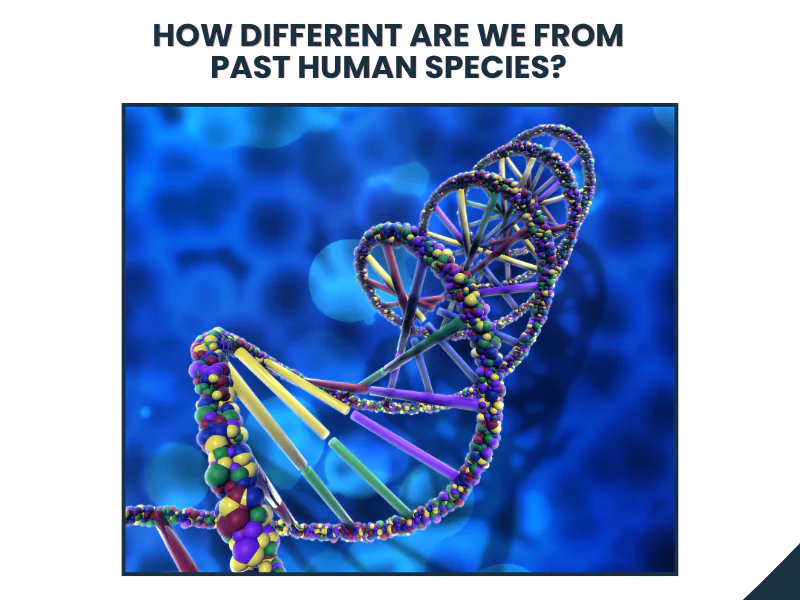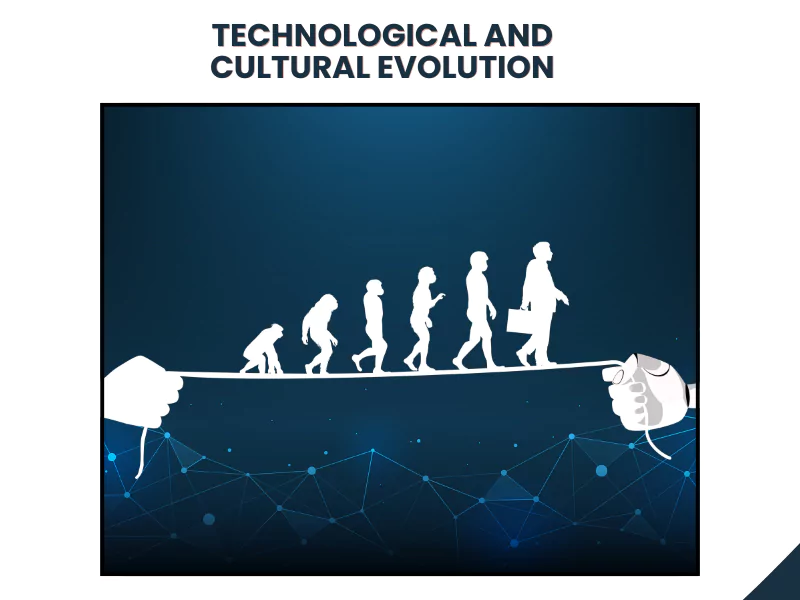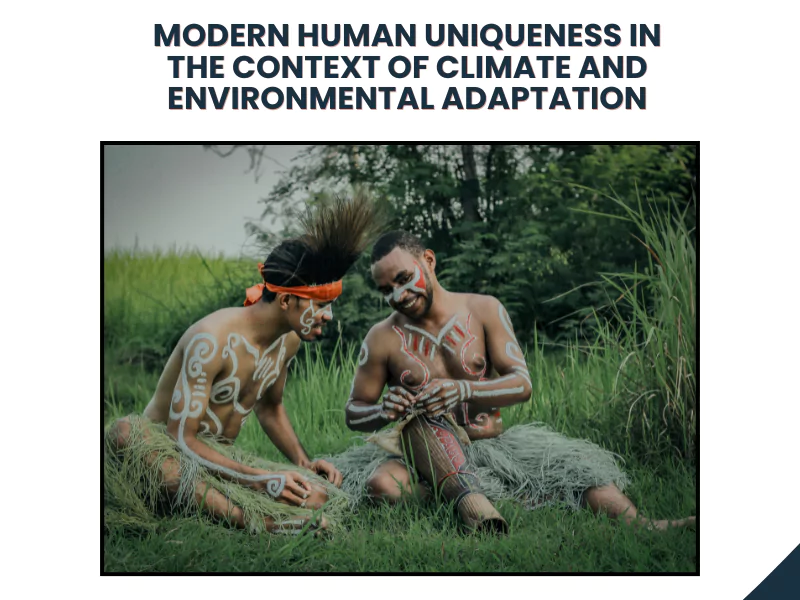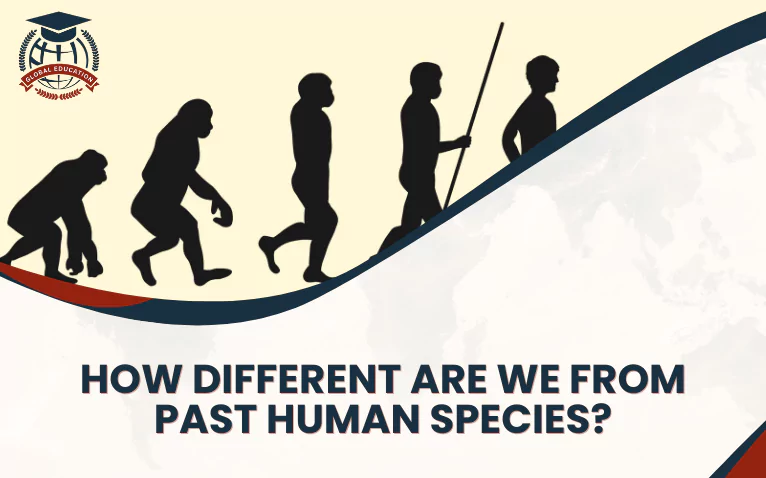Human evolution is the massive process of change by which people originated from apelike ancestors. Woven from the threads of biological, technological, and cultural advancements that have defined different eras, human evolution is an intriguing subject that traces our species’ development. According to scientific evidence, the physical and behavioral traits evolved over approximately six million years, which are now shared by all people and originated from apelike ancestors.
While modern humans, also known as Homo sapiens, are the only surviving species of our family tree, our ancestral cousins, such as Neanderthals and Homo erectus, are still being studied to understand the distinct characteristics that differentiate us. This article discusses these differences, focusing on physical, genetic, and cultural contrasts. Here, we have tried to shed light on the factors that have shaped our evolution.
Understanding Our Ancestry: The Human Family Tree
Physical and Genetic Differences

Anatomical Changes
Humans are primates. Genetic and physical similarities show that the modern human species has a very close relationship with the apes, another primate group. It is fascinating to observe how Homo sapiens differ from past species in terms of physical characteristics. For instance, humans have a lighter skeletal structure, a higher forehead, and smaller jaw and teeth than Neanderthals, who had a more prominent brow ridge and wider pelvis despite having larger cranial capacity. These physical traits not only contribute to the appearance but also play a critical role in determining the survival strategies of these species in their respective environments.
Genetic Milestones
Evolution occurs when there is a change in the genetic material—the chemical molecule DNA—that is inherited from our parents, especially in the proportions of different genes in a population. Unlike our ancestors, modern humans possess specific genetic markers responsible for our advanced linguistic abilities, complex speech, and abstract thinking skills. One such marker is the FOXP2 gene, which plays an important role in our ability to express ourselves through language and thought.
The segments of DNA are called DNA. DNA provides chemical code that produces proteins. The mutation process refers to the information in DNA that can be changed. Although there are some genetic similarities between modern humans and Neanderthals, who interbred with our ancestors, there are also significant differences in the genes that facilitated advanced cultural expression. This helps us understand how our genetic makeup has evolved, driving the development of our unique cognitive abilities.
Technological and Cultural Evolution

Tools and Technology
The capability to make and use tools and the capacity for language has developed more recently. Many advanced traits—including complex symbolic expression, art, and elaborate cultural diversity—emerged mainly during the past 100,000 years. Throughout human history, the evolution of technology has been defined by the advancement of tools and instruments. From the simple stone tools used by early hominids to the more refined and specialized instruments of modern times, technological development has enabled humans to dominate and adapt to their environments more effectively. While Homo erectus mastered fire use and essential tools, it was Homo sapiens who truly revolutionized human technology with the development of sophisticated weapons, art, and instruments. This progress enabled humans to survive and thrive in various environments across the globe.
Art and Symbolic Thought
Throughout history, the development of human cognitive abilities and the emergence of art have been a significant indication. From the earliest cave paintings to the most intricate jewelry, these artifacts reflect a deep understanding of aesthetic values and a complex world comprehension. This advancement in cognitive skills highlights a shift towards more sophisticated social structures and communication systems.
Social Structures and Survival Strategies

Social Complexity
Homo sapiens have developed sophisticated social structures that enabled them to form larger, more coordinated groups throughout their evolutionary history. These intricate social networks played a crucial role in various aspects of their lives, ranging from hunting and gathering to the distribution of resources. These social structures were significantly more complex than earlier hominid species, which likely had minor and less organized groups.
Dietary Adaptations
Human dietary habits have undergone significant changes throughout evolutionary history. Unlike our predecessors, we have developed a remarkable ability to adapt our diets to various plant and animal sources. This dietary flexibility has given us a nutritional edge, enabling us to live in diverse climates and locations.
The Role of Language and Communication

Modern Human Uniqueness in the Context of Climate and Environmental Adaptation

Throughout history, the species Homo sapiens have shown remarkable adaptability to climate and environmental changes. Whether they found themselves in the frozen landscapes of ice-age Europe or the vast savannas of Africa, humans have adapted to their environment to survive and thrive. This extraordinary ability to adapt has allowed humans to establish themselves in almost every corner of the planet, making us one of Earth’s most successful species.
Conclusion
We can better understand where we came from and how our ancient adaptations continue to influence our present, tracing our evolutionary history. Examining the contrasts between us and our predecessors can help us appreciate the extraordinary abilities of Homo sapiens. As we explore our past, we discover valuable insights that shed light on our evolutionary progress and offer clues about our future.







0 Comments